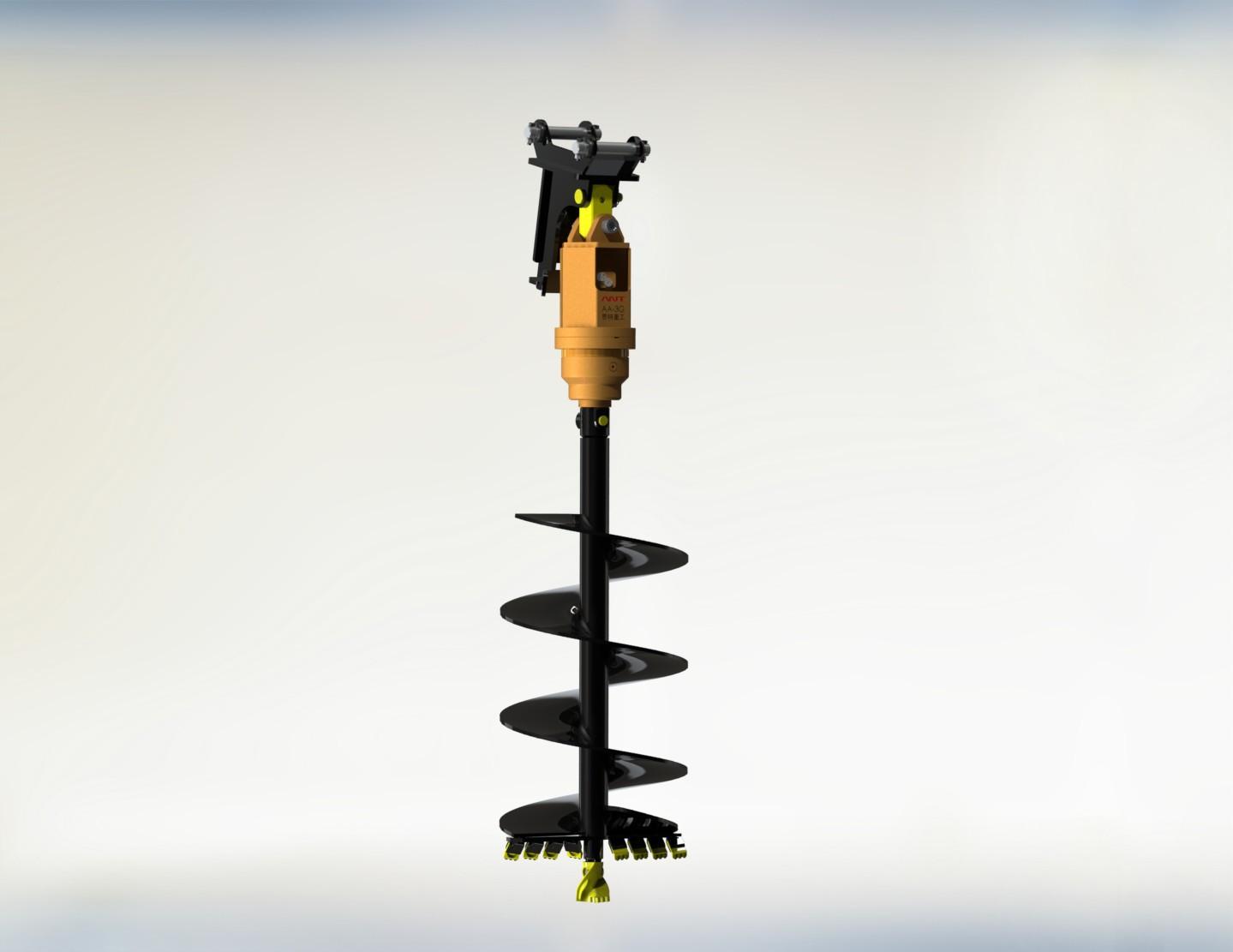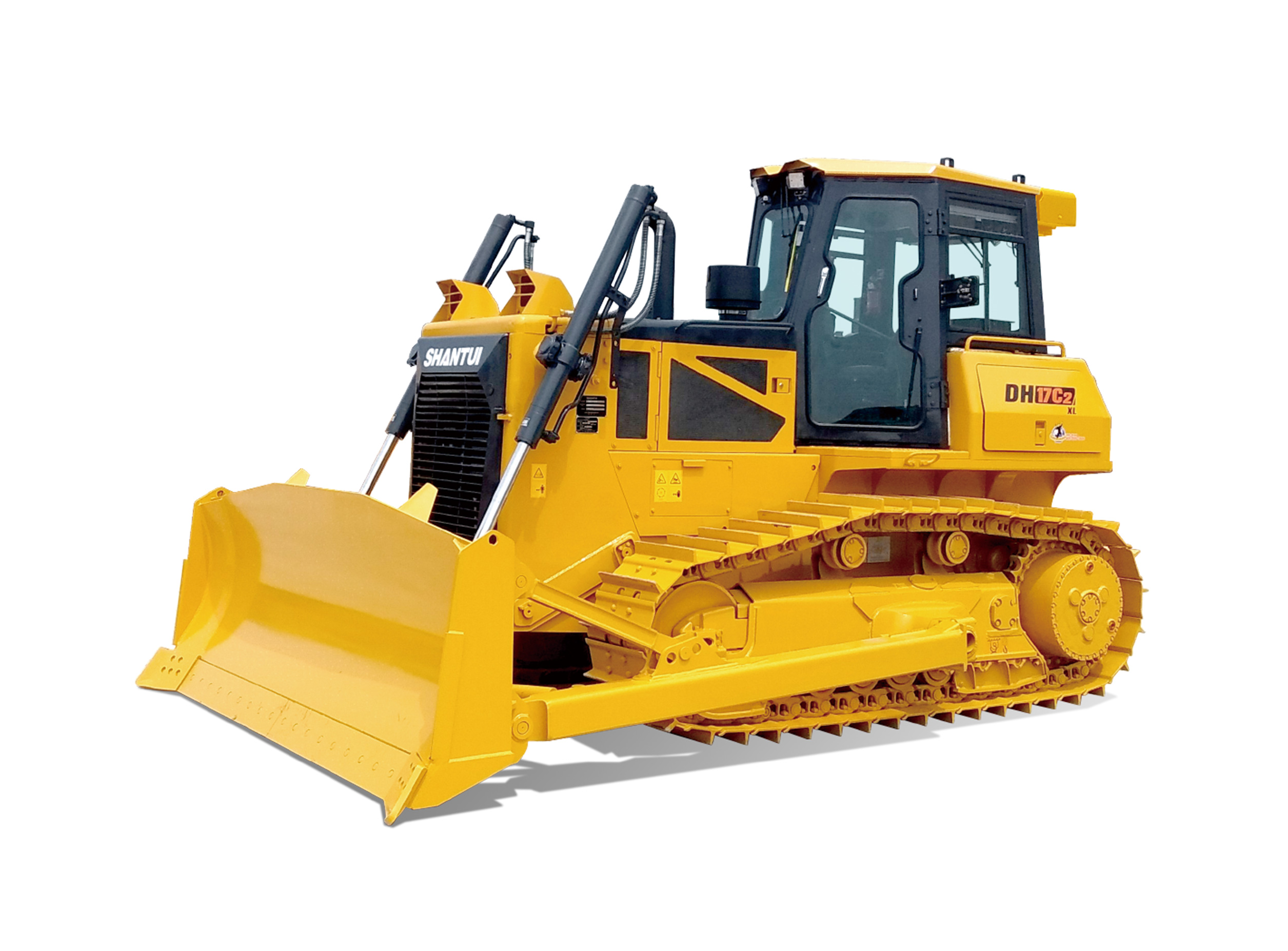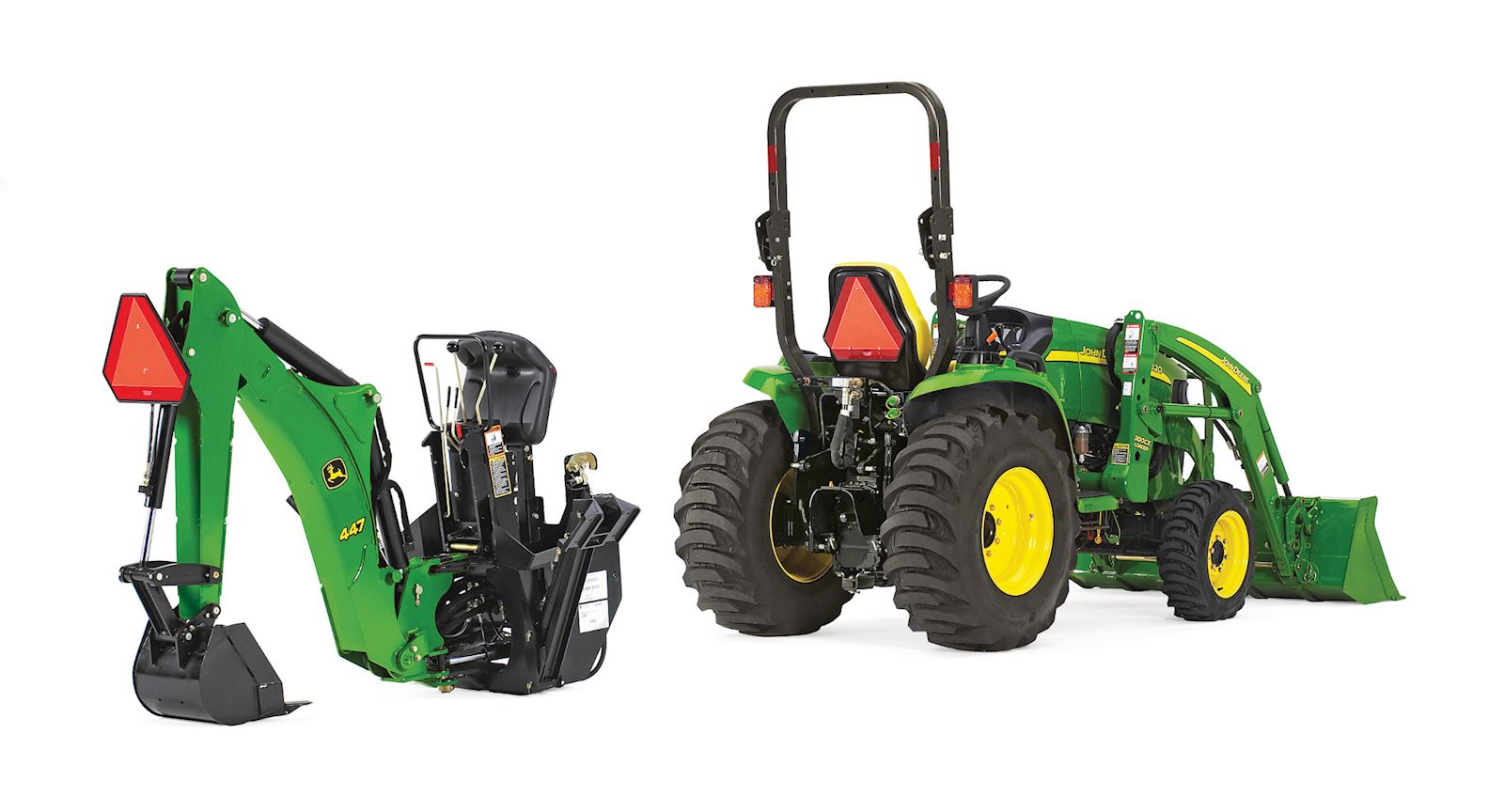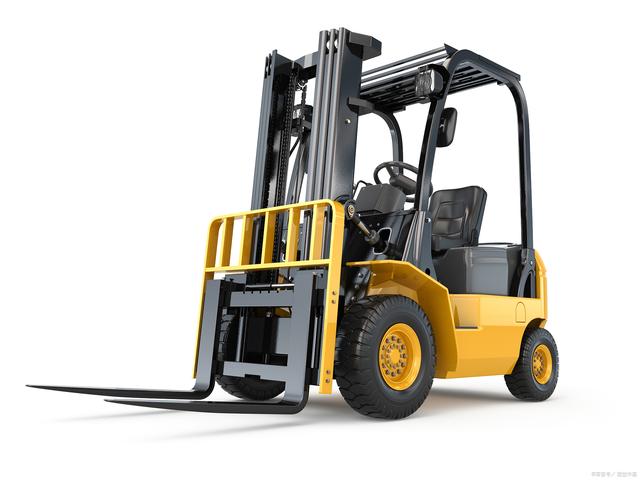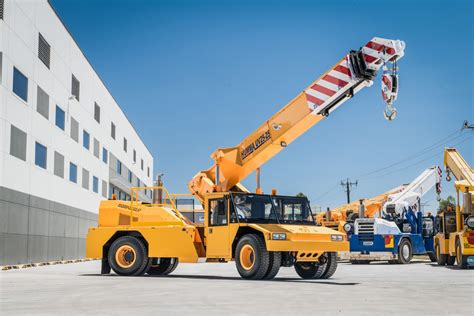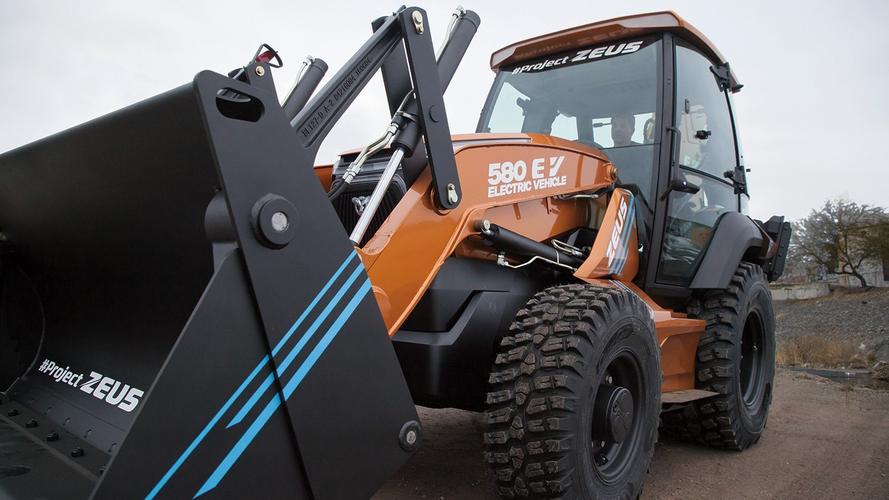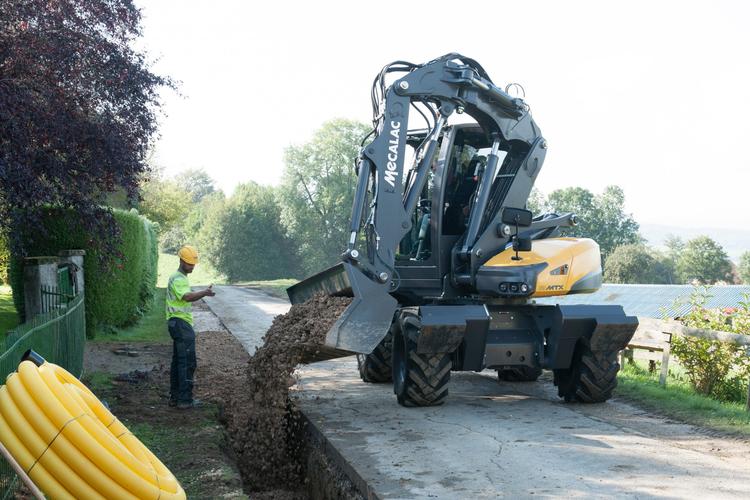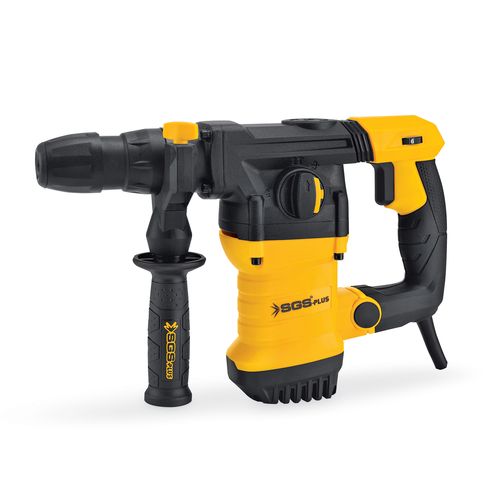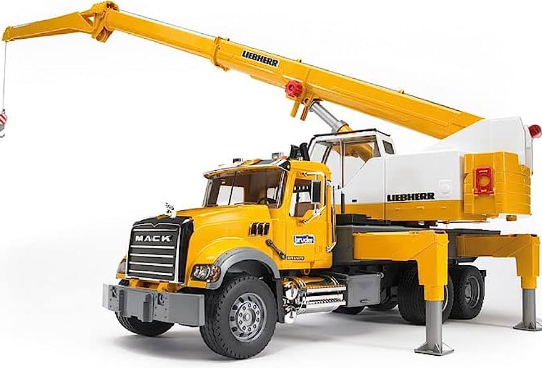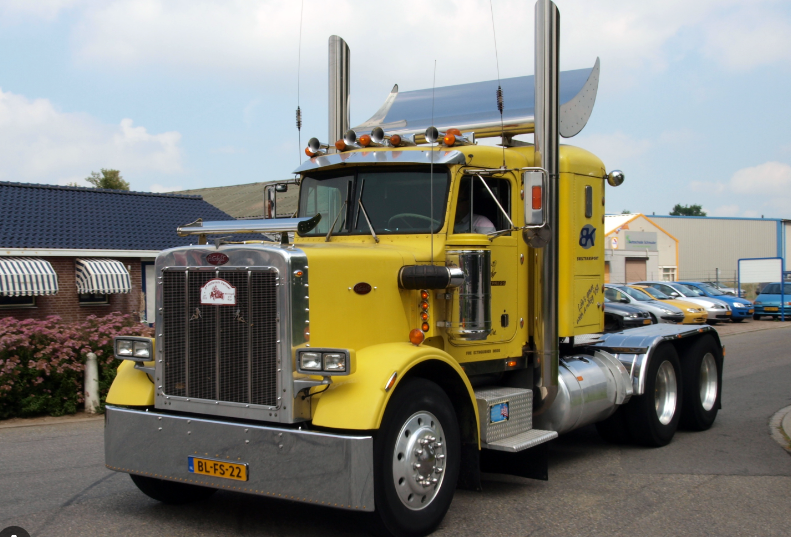If you have a hydraulic log splitter and a tractor, you can significantly increase your efficiency and productivity in splitting logs. However, connecting the two machines can be a bit challenging especially if you don’t know where to start. Fortunately, with a few steps, you can easily connect your hydraulic log splitter to your tractor and make the most of your wood splitting needs. In this article, we will guide you on how to hook up a hydraulic log splitter to a tractor to make the work easier and efficient.
Step 1: Select the Right Log Splitter
Before you can connect your hydraulic log splitter to your tractor, you need to ensure that the splitter is compatible with your tractor. The best way to do this is to consult with the manufacturer or a certified professional. You should also check if your log splitter is compatible with the hydraulic hoses on the tractor.
Step 2: Prepare Your Tractor
Prepare your tractor by making sure that it has a hydraulic pressure system. You also need to identify the hydraulic connections on the tractor and ensure that they are in good shape. Remember that you need the connections to be leak-free for optimal performance. Remove any debris or dirt from the connections before you start hooking up the log splitter.
Step 3: Hook up the Coupler Bracket
You can now hook up the coupler bracket from the log splitter to your tractor. The coupler bracket is an essential component that is used to attach the hydraulic log splitter to the tractor. First, locate the coupler bracket on the splitter and position it over the drawbar hitch on the tractor. The drawbar hitch is the rectangular metal bar at the back of the tractor designed for attaching other equipment to the tractor.
Step 4: Connect the Hydraulic Hoses
The next step is to connect the hydraulic hoses from the log splitter to the coupler bracket on the tractor. First, identify the hydraulic hoses from the splitter and make sure they are clean and free from damage. Then, attach them to the coupler bracket on the tractor. Ensure that the hoses are connected correctly, with the pressure and return hoses on the right terminals. They should also be tight and leak-free.
Step 5: Test the System
Once you have connected the log splitter to the tractor, it’s important to test the system to ensure that everything is working correctly. Start your tractor and engage the hydraulic system to power the log splitter. Check for any leaks or unusual sounds coming from the system. If everything is working as expected and there are no leaks, you can now start using your hydraulic log splitter.
Conclusion
Connecting your hydraulic log splitter to your tractor is not as complicated as it might seem initially. With the right tools and a little know-how, you can easily attach your log splitter to your tractor and save time and money while splitting logs. Remember to follow the manufacturer's instructions and consult certified professionals if you are not sure about anything. We hope that this guide has been helpful in showing you how to hook up your hydraulic log splitter to your tractor.

